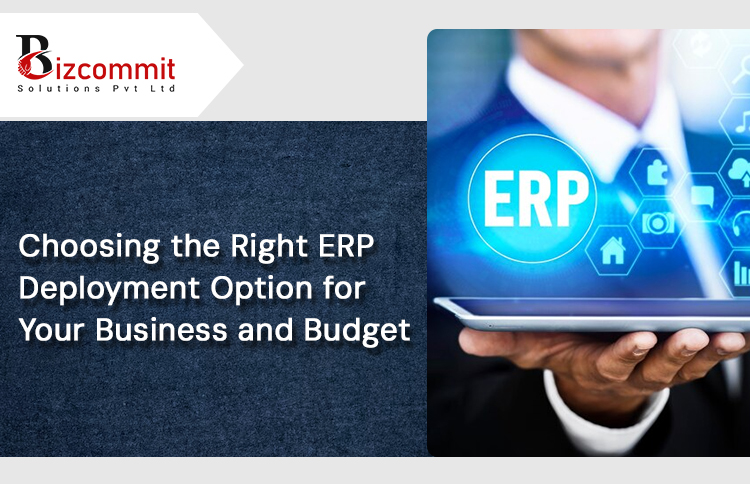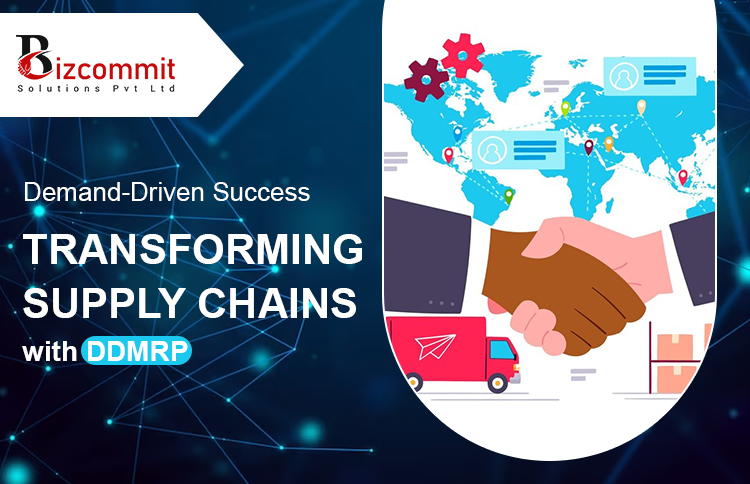
Head of Finance and Operations
In today’s competitive business landscape, streamlining operations and gaining real-time insights are crucial for success. Enterprise Resource Planning (ERP) systems offer a powerful solution, integrating core business functions like accounting, inventory management, customer relationship management (CRM), and human resources into a single platform. However, with various deployment options available, selecting the right fit for your business and budget can be a daunting task. This blog delves into the different ERP deployment models, their advantages and disadvantages, and key factors to consider when making your decision.
Understanding ERP Deployment Models
ERP deployment models determine how the software is accessed and managed. Here’s a breakdown of the most common options:
Software as a Service (SaaS): This cloud-based model is the most user-friendly and cost-effective option for many businesses. The vendor manages the software and infrastructure, eliminating the need for upfront licensing fees and in-house IT expertise. Upgrades and maintenance are handled automatically, ensuring you’re always on the latest version. SaaS solutions are typically subscription-based, offering predictable monthly costs.
On-premise: This traditional model involves installing the ERP software on your own servers. You have complete control over the system and data security. However, on-premise solutions require significant upfront investment in hardware, software licenses, and IT staff for implementation, maintenance, and upgrades. This model is often favored by larger organizations with complex needs and the resources to manage it effectively.
Hosted: Similar to SaaS, a hosted ERP solution resides on a third-party server, but the vendor manages the infrastructure and software while offering a higher level of customization compared to SaaS. This option provides more control over the system than SaaS but with less responsibility compared to on-premise deployment.
Hybrid: This approach combines elements of on-premise and cloud deployment. You can store sensitive data on-premise while leveraging cloud-based features for scalability and remote access. The hybrid model offers flexibility but requires careful planning and expertise to manage the integration between the two environments.
Matching Your Needs to the Model
The ideal deployment model hinges on several factors specific to your business. Here are key considerations to guide your decision:
Business size and complexity: Large enterprises with intricate needs might favor the control and customization of on-premise or hybrid models. Conversely, smaller businesses with limited IT resources may find SaaS’s ease of use and affordability more appealing.
Budget: On-premise solutions involve substantial upfront costs, while SaaS offers predictable subscription fees. Consider your budget constraints and long-term financial planning.
IT expertise: SaaS requires minimal in-house IT expertise, while on-premise and hybrid models necessitate a skilled IT team for implementation, maintenance, and security.
Scalability: SaaS solutions readily scale up or down as your business grows. On-premise deployments require additional hardware or software licenses for scaling, which can be costly.
Security: Data security is paramount. Evaluate the vendor’s security practices for all deployment models. SaaS providers often have robust security measures in place, while on-premise solutions require a strong internal IT security strategy.
Customization: SaaS solutions generally offer less customization than on-premise deployments. However, many SaaS vendors provide APIs or open platforms for developers to tailor the system to specific needs.
Integration: Consider how the ERP system will integrate with your existing software applications. SaaS solutions typically offer pre-built integrations with popular tools, while on-premise deployments might require custom development for integration.
Compliance: For industries with strict data regulations, on-premise solutions might be preferred to ensure complete control over data storage. However, some compliant SaaS providers exist.
Making an Informed Decision
Choosing the right ERP deployment model is a strategic decision with long-term implications. Here are some additional tips to ensure a successful implementation:
Clearly define your business needs: Identify pain points and desired functionalities before evaluating deployment options.
Research and compare vendors: Explore solutions that cater to your industry and budget. Request demos and ask in-depth questions about deployment options, security, and scalability.
Consider the total cost of ownership (TCO): Factor in not just software licenses but also implementation costs, ongoing maintenance, and IT support when comparing deployment models.
Involve key stakeholders: Get buy-in from department heads who will be using the ERP system.
Develop a clear implementation plan: Outline the steps involved in migrating to the new system, including data conversion, user training, and change management.
By carefully considering your business needs, budget, and IT capabilities, you can select the optimal ERP deployment model that empowers your organization to streamline operations, gain valuable insights, and achieve sustainable growth. Remember, there’s no one-size-fits-all solution.
For those looking to fortify their Project development team or seeking expert assistance in building secure applications, Bizcommits is here to help. With a team of skilled developers and a proven track record of delivering secure and scalable solutions, we can be your trusted partner in the ever-evolving realm of application Development. Ready to discuss your project? Contact us today!









 Process
Process  About Us
About Us  Careers
Careers  Management
Management